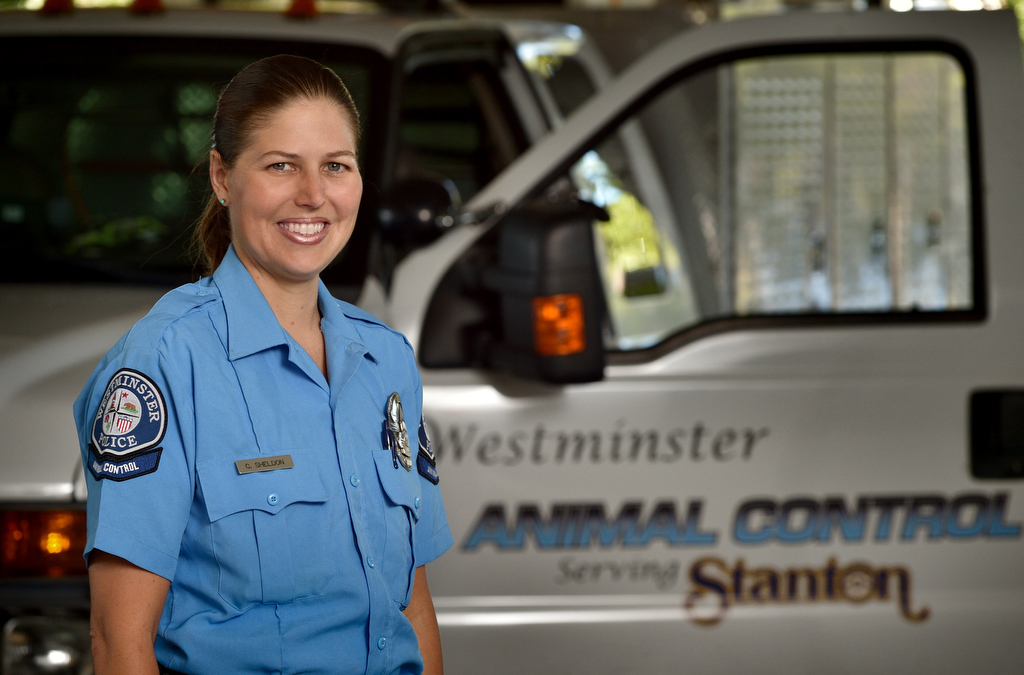When contemplating the role of animal control officers, many individuals conjure images of stern figures enforcing laws and regulations that can sometimes seem harsh. The phrase “animal control” may evoke thoughts of animal restrictions rather than the benevolent concepts of safety and care. However, on closer examination, one might ponder a pivotal question: Do animal control officers actually love animals? This inquiry merits a profound exploration, as it intertwines the complexities of animal welfare and the multifaceted responsibilities these officers shoulder.
Animal control officers serve as a vital link within the larger framework of animal welfare. Contrary to the conventional stereotype of enforcers, they encounter the ramifications of neglect, abuse, and overpopulation on a daily basis. Their work often involves responding to distressing situations that require immediate action—such as rescuing stray animals, addressing cruelty cases, and facilitating adoptions. This proximity to the plight of animals, undoubtedly, fosters a deeper emotional connection, challenging the perception that their roles are purely punitive.
At the core of an animal control officer’s vocation is a deep-seated commitment to animal welfare. These professionals frequently undergo extensive training that encompasses animal behavior, legal statutes, and crisis management. Such training equips them with the necessary skills to handle a myriad of situations, from tranquilizing aggressive animals to educating the public on responsible pet ownership. The comprehensive nature of this training reveals an intrinsic motivation; an aspiration not merely to enforce laws, but to ensure the welfare and dignity of all animals they encounter.
The emotional toll of the job cannot be underestimated. Day in and day out, animal control officers are confronted with heartbreaking realities: abandoned pets, neglected animals, and those who have suffered unspeakable cruelty. Exposure to such circumstances often compels individuals in this profession to advocate passionately for systemic changes that promote animal welfare. This advocacy transcends mere love for animals; it includes a commitment to structural reform within the communities they serve. Advocating for spay and neuter programs, awareness campaigns about responsible pet ownership, and training initiatives illustrates their genuine concern for animal lives and societal well-being.
Yet, the dichotomy of their role cannot be dismissed. Animal control does necessitate enforcement of laws which might lead to the impounding of pets or euthanasia in extreme cases. This leads to an inevitable question: can an officer who participates in such actions truly embody compassion? Rather than viewing this as a contradiction, it is essential to examine the broader implications of their actions. These officers often face harrowing decisions, believing that their interventions—while painful—are ultimately for the greater good. They recognize that by enforcing laws, they are protecting not only the individual animals at risk but also the community at large.
The intricate relationship between animal control officers and the communities they serve sheds further light on their commitment to animal welfare. Outreach programs, school visits, and community awareness events are increasingly recognized as essential elements of modern animal control. These initiatives enable officers to build rapport with the public while educating them about important issues such as animal abuse detection and prevention, understanding animal behavior, and the consequences of neglect. As these officers engage with the public, they illuminate the poignant reality that their love for animals goes hand in hand with a desire to foster a more compassionate society.
Moreover, the officers’ internal emotional landscape deserves attention. The compassion fatigue inherent in the profession can lead to burnout, and this reality necessitates resilience and support systems. Agencies are increasingly recognizing the importance of mental health resources for their staff, indicating an understanding that the love for animals can sometimes lead to significant emotional burdens. The cycle of witnessing suffering can be overwhelming, yet officers continue to remain steadfast in their duties—this perseverance serves as a testament to their dedication and emotional investment in animals.
The evolution of the animal control profession also warrants examination. The shift from a punitive approach toward a more holistic perspective embraces a comprehensive understanding of human-animal interactions. More than ever, communities are encouraging collaboration among animal control officers, rescue organizations, and local governments. This synergy fosters innovative solutions addressing root causes of animal suffering, thereby reducing the need for enforcement. By rethinking their methodologies, officers are not only enhancing their capacity to serve animals but also reaffirming their devotion to these creatures.
In summation, to perceive animal control officers through a lens rooted solely in enforcement leads to an incomplete understanding of their mission. These professionals harbor a profound passion for animal welfare that emerges not as a mere affiliation but as a steadfast commitment that weaves through their daily duties. By embracing their role as both protectors and advocates, they endeavor to create an environment where animals can thrive. This multifaceted perspective beckons a deeper appreciation for the complexities of their vocation. In the end, it becomes evident that their love for animals is not just a peripheral aspect of their work; it is the very essence of their calling, driving them to facilitate change and inspire compassion within the communities they serve.









